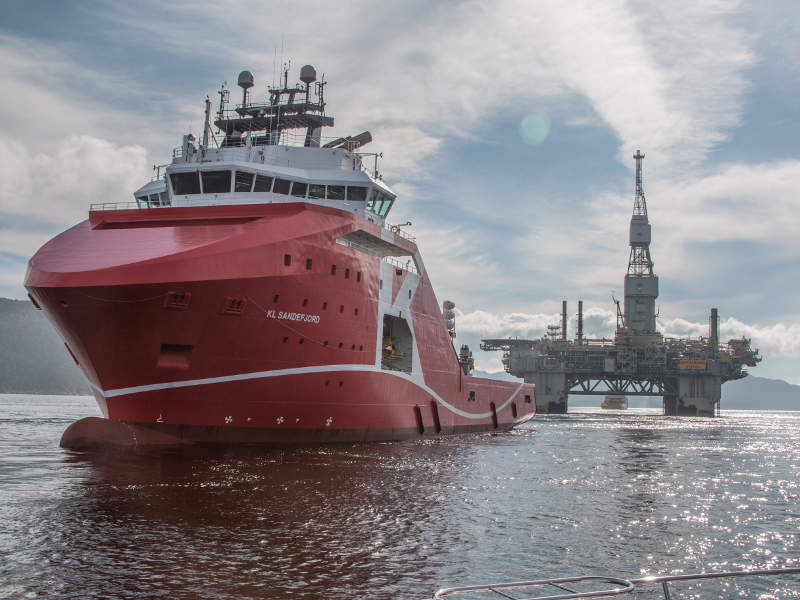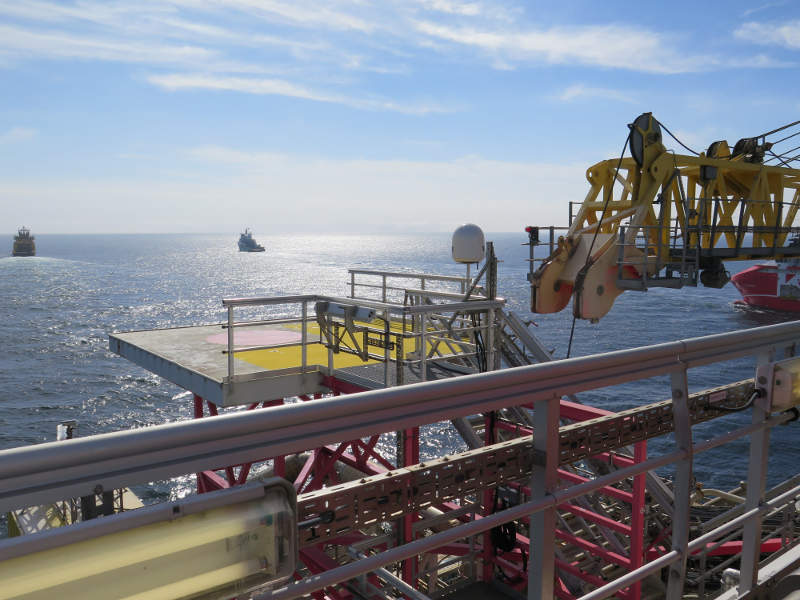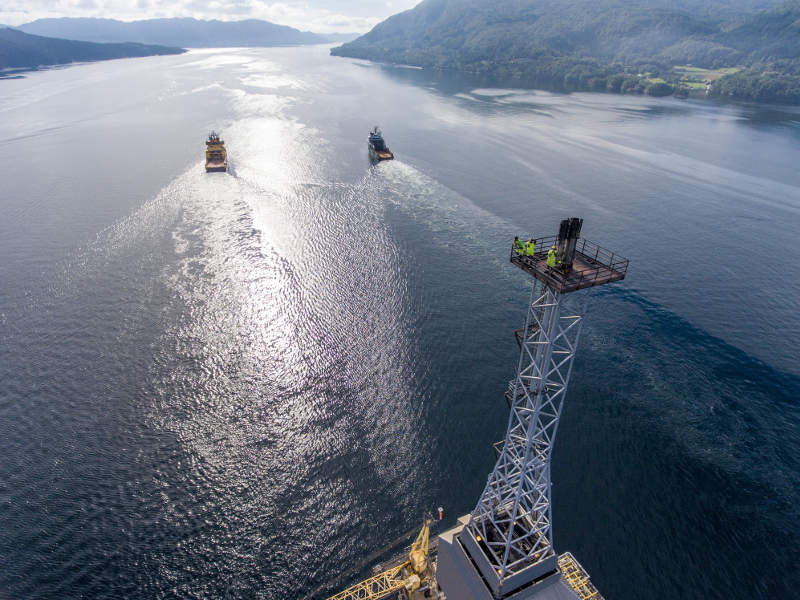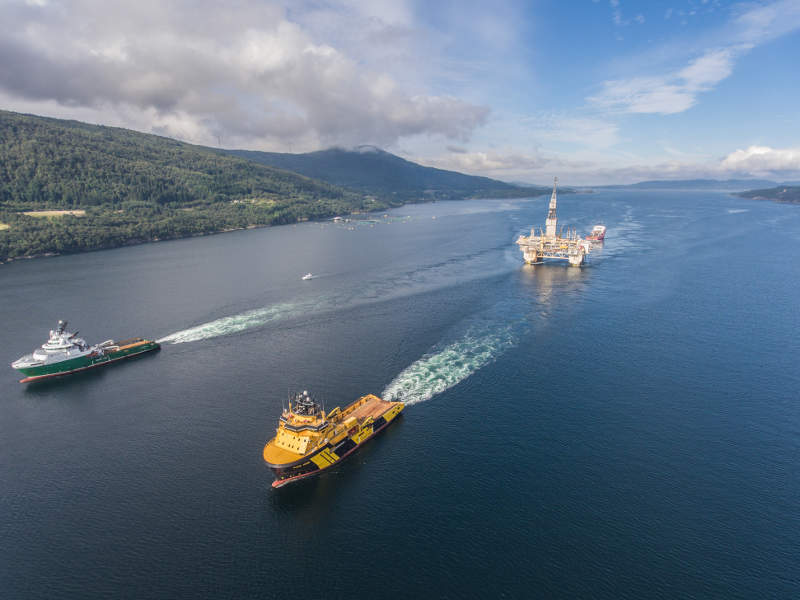
Njord is an offshore oil and gas field located in blocks 6407/7 and 6407/10 in the Norwegian Sea. Lying 30km west of the Draugen field, Njord is located in water depths of 330m and started production in 1997 via the Njord A floating production facility.
The Njord future project has been established to further develop the Njord Area and carry out structural upgrade requirements on the Njord field’s platform.
During Q1 and Q2 2016, the project’s concept and yard selection was finalised, followed by the towing of the field’s facilities to the shore on 25 August 2016. The field development plan was submitted to Norwegian authorities in March 2017, and the same was approved in June 2017.
Statoil is the field operator with a 20% working interest, while the other licensees include Engie E&P Norge (40%), DEA Norge (30%), Faroe Petroleum Norge (7.5%) and VNG Norge (2.5%).
Njord offshore field reserves and reservoir details
Total production from the Njord field is expected to reach 450 million metric barrels of oil equivalent (Mmboe), whereas its residual production is estimated to be 180Mmboe. The total production was earlier estimated to be 200Mmboe at the time of the field’s development in 1996, but has increased since then due to additional resources from the Hyme field and the Snilehorn discovery (66Mmboe).
Njord contains 175Mmboe of reserves, according to latest estimates.
The Njord reservoir comprises Jurassic sandstones in the Tilje and Ile Formations and is 2,850m-deep.
Njord Future project details
Njord A was initially designed to remain in operation for 16 years, but remaining resources in the Njord area have led to the need for restructuring the facility to continue production until 2032.
The redevelopment project comprises the Njord field and the Hyme field, which is secured to Njord A. A modified Njord A platform will ensure the recovery of new resources and support production from the Snilehorn discovery as a tie-back. Ten new production wells are planned be drilled at Njord.
The project involves towing of Njord A and storage vessel Njord B to the shore as well as disconnecting 23 risers and mooring lines to upgrade the facilities, which will be followed by well intervention and abandonment.
The hull of the platform will be reinforced and renovated to ensure production beyond 2030, as well as become a field centre for future developments. It will be prepared to support phasing-in of third-party fields.
The new and fortified platform is scheduled to resume production in 2020.
Njord field details
The Njord A platform is a floating steel platform with an integrated deck equipped with drilling and processing facilities as well as living quarters.
The field has been producing for more than 6,800 days and has a total of 54 wells, including exploration wells that have been drilled since its discovery. It has yielded 167Mmboe and 41bscm of gas in its lifetime of approximately 20 years.
Key players involved
Statoil signed a frame agreement with Kvaerner in April 2016 for the upgrade of Njord A and yard-stay. Kvaerner’s scope of work includes receiving and mooring the semi-submersible platform, cleaning of the hull and rigging access. It will also install electricity and water supply.
Aker Solutions has been subcontracted by Kvaerner to provide engineering services in the engineering, procurement and construction (EPC) phase, as well as front-end engineering and design (FEED). The work will be performed by the company’s maintenance, modifications and operations segment based in Norway.
A contract has been awarded to Aibel to assess the future of the Njord field and assist in planning, engineering and procurement. Aibel will also be involved during construction and installation of the platform, as well as performing preparatory work to submerge risers, umbilical and power cables for wet storage for up to six years.
Winch systems will also be supplied and installed by Aibel.











